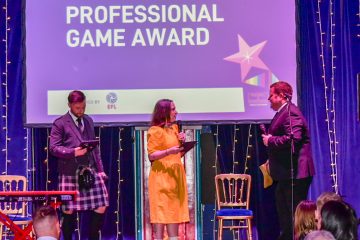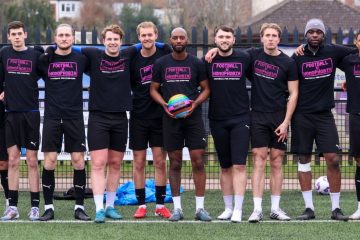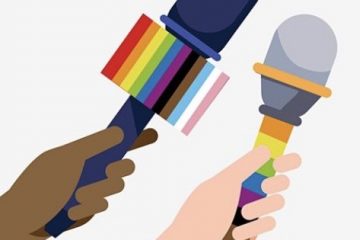Pansexual Visibility Day: Q&A with Charlie Martin
Racing driver Charlie Martin is a prominent voice for the LGBT+ community in sport. On the May 24 awareness day, she talks to us about being pan…
By Jon Holmes

Back in January, in that distant time before lockdown, there was a spate of articles published on newspaper and magazine websites that all asked the same question: ‘What does pansexual mean?’
This followed on from the Liberal Democrat MP Layla Moran putting out a tweet to say she was in a relationship with a woman having previously been known to have a boyfriend, and using the hashtag #Pansexual in her post.
The word is back in the spotlight on May 24 as it’s Pansexual Visibility Day – an annual opportunity to raise awareness around what it means to be pan, and to celebrate the pan community.
We’re fortunate at Sports Media LGBT+ that our great friend and #AuthenticMe event speaker, the racing driver Charlie Martin, is both pan and an advocate for visibility! We caught up with her to ask about the importance of PVD…
JH: Hi Charlie, thanks for chatting to us to mark Pan Visibility Day! How would you introduce someone to what it means to be pan?
CM: Thanks for the invitation! It’s true that many people aren’t too sure about the meaning of pansexual, especially if they’re outside of the LGBT+ community. For me, I tend to feel an attraction to someone based on a whole range of things that aren’t really correlated to what’s in their pants – now that might sound a rather basic way of putting it, but it’s the best way I can define it simply.
I find myself attracted to all different types of people, and sometimes that can really take me off guard. I guess I don’t feel I necessarily have a type. Attraction for me is about so many things – how I connect to that person, their charisma, if I find them funny, if I make them laugh, how they make me feel… and yes, physical attraction comes into it as well. It’d be silly to say it doesn’t, but it’s not really the defining thing. For example, I can see someone and think that person is attractive, and want to go up and talk to them – that does happen. But equally, I can already be talking to somebody and feel attraction there too.
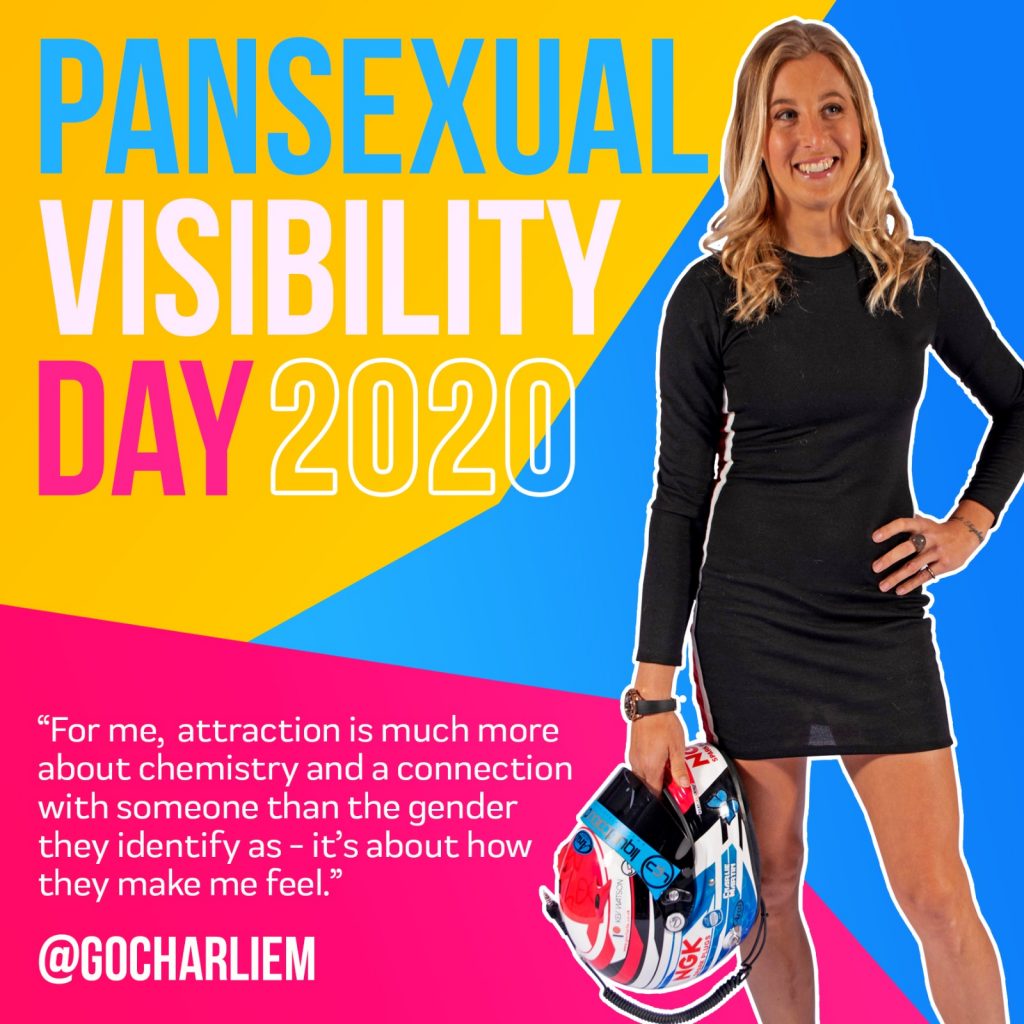
Layla Moran described it similarly back in January – that the thing that matters is the person. Is it fair to say that it’s about freedom? That pan is a word that doesn’t necessarily need a definition, it just means to be free?
I think that sums it up really nicely. I remember that when I was going through transition, there were times when friends of mine who weren’t trans used to have this habit of asking me whether I was attracted to girls or guys. It felt like a thing that they really needed to know! I’d kick myself at the time because it made me feel like I was supposed to give them a definitive answer.
But I’ve come to understand that actually, I don’t fully understand attraction – and that’s the point. It can be hard though. When I go on dating sites sometimes, I get asked if I want to select men or women and often, I don’t know. It’s like the harder I think about it, the harder it can be to define.
I mean this in a nice way, but it’s like when I’m talking with my brothers’ friends or anyone that doesn’t have a link to the LGBT+ community apart from through me. I can say ‘pansexual’ and they might reply with, ‘what on earth is that?’ And the follow-up from them can often be, ‘well, it just sounds like you’re bisexual’ and I have to explain that they’re missing the point. I know they’re not being unkind but the response can come across as a little bombastic!
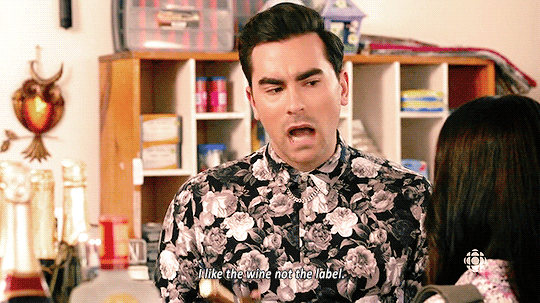
I suppose because ‘P’ is part of the ‘+’ within the LGBT+ acronym, there is an unfamiliarity with the word for a lot of people. But particularly for young people who might feel they don’t want a word yet – maybe they see it as more of a ‘label’ – they may look more favourably on the word ‘pansexual’.
Yeah, it still allows you so much freedom, especially when you’re younger. When I was in my teens, I didn’t have a clue. I was trying to reconcile my gender identity and my sexual orientation, knowing that they were independent of one another. At that stage, the gender identity that I was trying to live with wasn’t the gender identity I identify as. Inevitably, that’s going to affect how you feel in different situations with different types of people.
It’s that whole thing of growing up and trying to figure yourself out. It can be hard to say I’m this or I’m that when you’re still experimenting, so to say you’re pan does give you more freedom. You don’t then have the pressure of other people saying stuff like, ‘oh I thought you said you were gay, but then the other night you did this on a night out’. It’s a kind of gentler way of defining yourself.
Yeah, it’s still new to a lot of people. Pan Visibility Day has only been going since 2015, and there aren’t many real-life pan role models yet – there’s yourself, Janelle Monae, Joe Lycett, Layla Moran, but not many others who are pan and out in the public eye. Having more of those will help, in time.
I think so. My experience is that so many of the people that I’ve said pan to, just reply with ‘what? What’s that?’ The more people that understand it just from a general standpoint, the easier it then will be for people to say they’re pan without having to fully articulate it and describe every element of what pan means. Having more pan role models will mean more awareness and that will make it easier to define yourself that way, and it’ll help other people who aren’t pan too.
You mentioned growing up and navigating that journey of being trans and being pan. Is there a greater awareness of pansexuality within the trans and non-binary community?
Yeah, I know my experience really echoes with a lot of trans and non-binary people. It’s something that happens when you’re identifying as transgender or later when you’re going through transition – you’re moving through gender, and deconstructing it to an extent. For me, I had to almost dismantle my entire masculine identity in a very visible way and then move through that to a point where I’m at the other end of that scale. Inevitably as you move through that, there are periods where you’re questioning more – it just broadens your horizon of how you understand gender. It’s so much more than just black and white.
I worried when I was younger about the stigma of how I identified. Now I don’t worry about that at all, but going through the process makes me think it doesn’t really matter to an extent. I understand gender the way I understand it, so that’s my feeling. It feels more natural to me to be attracted to people based on a whole lot of other criteria other than how they define their gender.
Gender is a much more fluid thing than probably what a lot of people think. When you go through transition, you definitely feel that way. I think that’s why so many trans people do identify as pan.
Hopefully raising more awareness around Pan Visibility Day is a way for everyone to be more supportive of the trans and non-binary community too.
Yeah, I think PVD is a really positive thing for the LGBT+ community to mark. It will bring some wider education for everyone, and that’s always good!
Thanks so much to Charlie for this Q&A. Check out her website at GoCharlie.co.uk, and follow her at @GoCharlieM on Twitter and on Instagram.
If you’ve been inspired by reading this article and would like to connect with our supportive sport and sports media community of LGBT+ people and allies, please contact us (confidence is guaranteed). You can also email Jon at jon@sportsmedialgbt.com.
P.S. Charlie shared a video on her YouTube channel earlier this month that’s of great relevance in Mental Health Awareness Week. Have a watch below, and after that, why not read our Q&A with sports reporter Jak Ball for more on MHAW…
